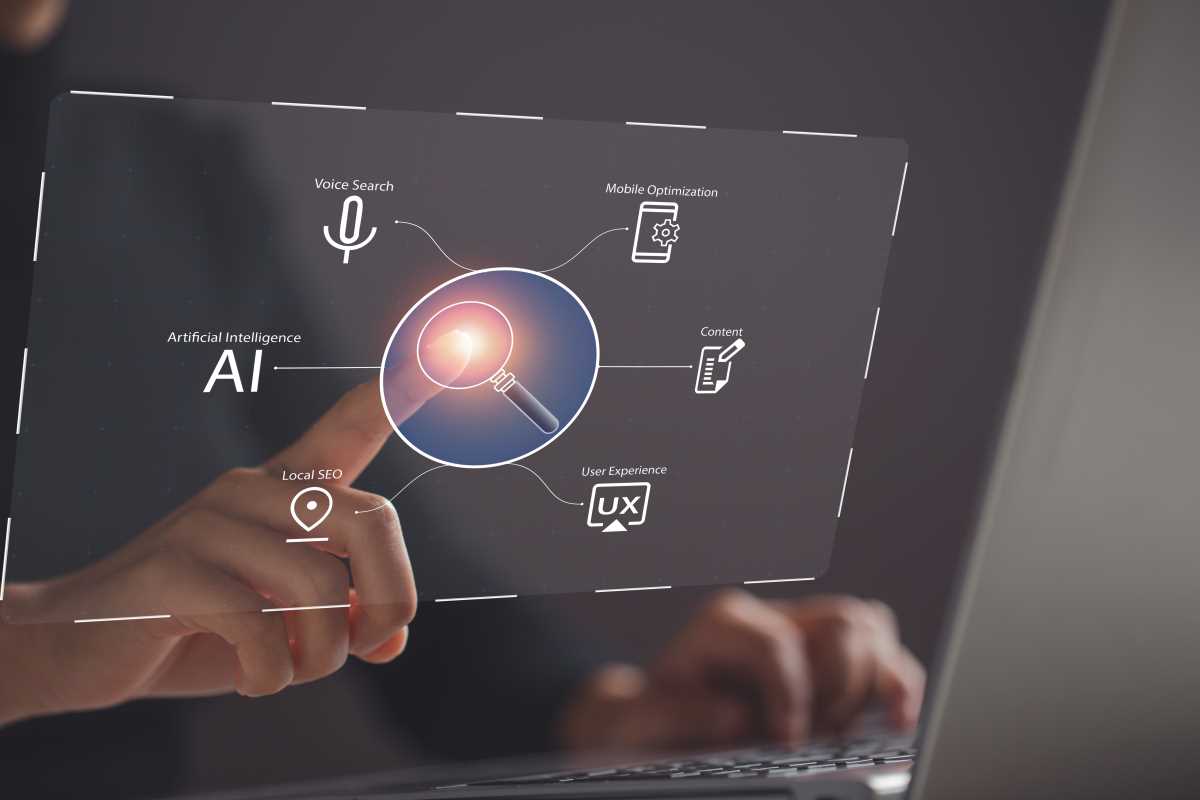Switching between different work locations calls for reliable tools that adapt to each new setting. Devices you wear, such as smartwatches and fitness bands, now track focus, energy levels, and how much you accomplish throughout the day. These gadgets help organize unpredictable schedules, making each workday feel more manageable and productive. In this guide, you will find an overview of leading products, details on the specific features they monitor, and practical tips for using them effectively in various environments. Discover how these wearable devices can support your daily routine, keep you on track, and make working from anywhere feel easier.
Every setup poses its quirks. A smartwatch that dings when energy dips might make all the difference during a mid-morning slump. A ring that nudges toward movement can shorten long hours at a dining table desk. Smart picks help create more consistent output without piling on extra apps or reminders.
Devices That Track Focus and Energy in Flexible Work Areas
These gadgets blend into outfits and routines, adding data without bulk. They sync with phones or laptops, creating a dashboard of insights. Here’s what they usually offer:
- Real-time heart rate monitoring to spot stress peaks.
- Step or movement tracking to break up long sits.
- Sleep analysis that flags underrested nights.
- Focus timers or session logs that hint at productivity patterns.
- Battery life lasting multiple days so you skip constant charging.
Devices often connect their raw numbers to simple alerts. A gentle buzz reminds wearers to stretch or take a breathing break. When these cues match personal rhythms, they actually stick. This small change prevents fatigue from creeping in and keeps energy steady.
Metrics That Show How Well You Work
Choosing which measurements to track affects what you improve. Match readings to goals: quiet focus, steady energy, or balanced breaks.
- Heart Rate Variability (HRV): A higher HRV often indicates better recovery between work sessions.
- Active Minutes: Totals of moderate motion show when it’s time to shake off restlessness.
- Focus Duration: Logs of uninterrupted work help build longer deep-focus stretches.
- Screen Time vs. Movement Balance: A ratio that hints at digital overload or too many breaks.
- Sleep Quality Score: Restored energy directly relates to daytime output.
- Stress Alerts: Flags on high stress can prompt quick resets before burnout.
Tracking too many numbers can drain attention. Focus on two or three metrics that match your workflow and environment for clearer progress.
Popular Wearable Devices and Their Features
Each gadget offers unique strengths. Compare specifications against daily needs and comfort preferences.
- Apple Watch Series 9: Bright display, ECG app, daily activity rings.
- Fitbit Charge 6: Slim profile, built-in GPS, stress-management scores.
- Garmin Vivosmart 5: Excellent battery life, Body Battery™ energy monitoring.
- WHOOP 4.0: Subscription model, recovery insights, strain coach.
Beyond the main specifications, the app ecosystem also matters. Some apps let you set work sessions, tag tasks, or build custom dashboards. Look for options to sync with project-management tools you already use.
How to Effectively Use Wearables
Introducing new devices into a busy routine requires clear steps. Follow these tips to make the process smooth.
- Choose a pilot device and test it for one week without changing your normal habits.
- Review the data collected each day and record trends in a quick journal.
- Adjust alert settings so nudges happen at convenient times, not during calls or deep work.
- Introduce one new metric every two weeks to prevent data overload.
- Share insights with accountability partners or a small peer group to gather feedback.
- Revisit your goals monthly and retire metrics that no longer add value.
Establishing clear routines helps. For example, charge the device alongside your phone overnight and review summaries with your morning coffee. This small habit makes data review part of your daily flow.
Upcoming Trends in Wearable Technology
Wearable tech advances with smaller sensors and smarter AI. Soon, clothes may track muscle tension or posture without attaching anything to the skin. Battery tech is reducing charging times to days instead of hours.
Predictive alerts will learn individual work patterns. Instead of a generic stand reminder, a watch might sense when concentration drops and suggest a quick break. Biometric signals could trigger ambient adjustments in lighting or background sounds tailored to each session.
Data privacy tools will improve too. Expect on-device processing that keeps sensitive work data off cloud servers. This change will make tracking more appealing for confidential projects or sensitive topics.
Wristbands and clips will combine sensors with eyewear or earphones. Real-time coaching will softly whisper pacing cues through Bluetooth earpieces when stress readings rise.
Longer battery life, flexible fabrics, and AI-driven suggestions will turn wearables into everyday tools rather than just accessories.
Using the right device can improve focus, boost energy, and promote healthier habits. Trying a device, reviewing metrics, and adjusting settings make busy days more productive.







